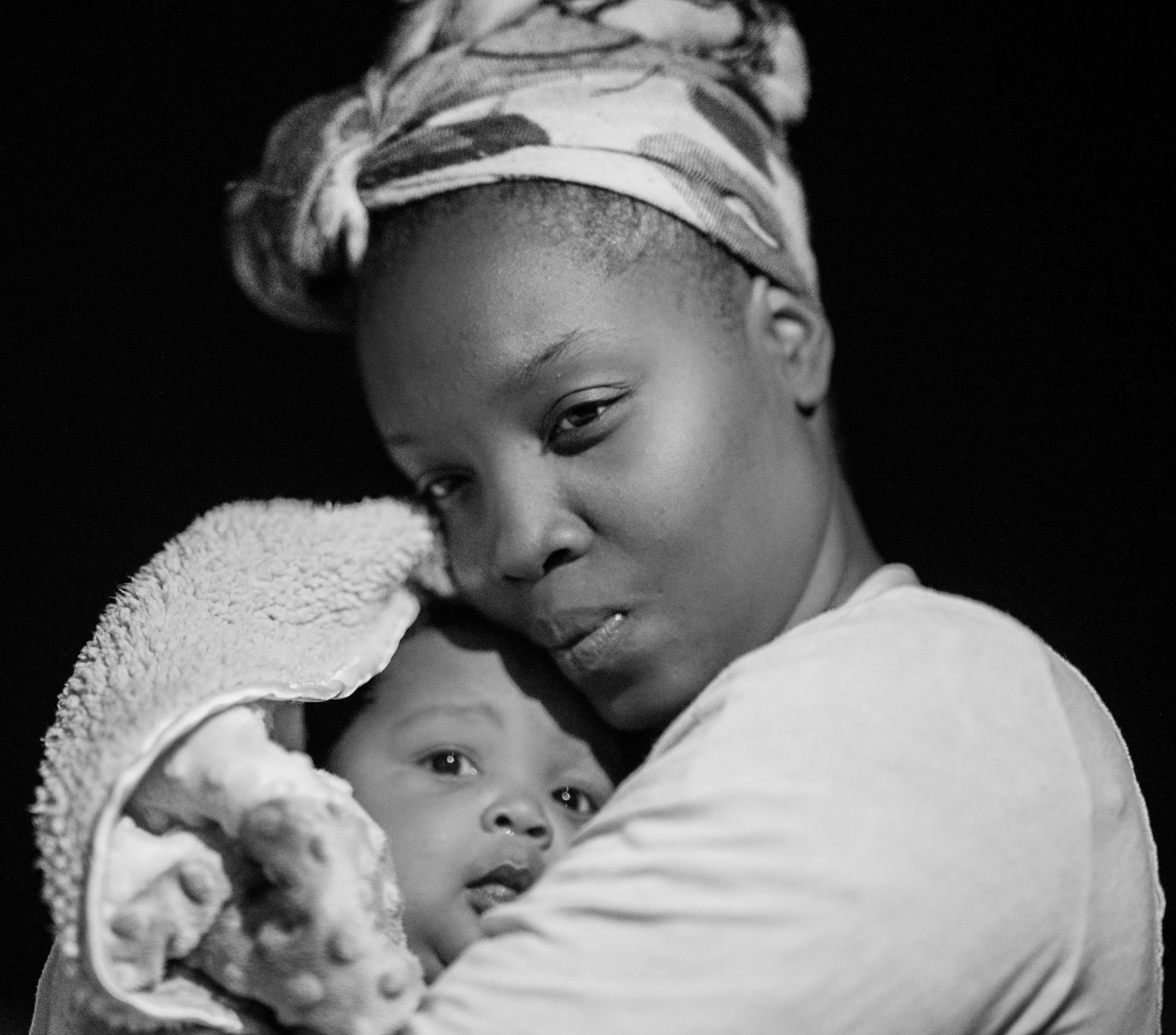From Numb to Alive: How Cannabis and Trauma Affect the Brain — and How Ketamine Therapy Can Help
From Numb to Alive: How Cannabis and Trauma Affect the Brain — and How Ketamine Therapy Can Help
Written by: Natalie DUprePublished on August 14, 2025Many people are surprised to learn …
… that cannabis, while often used to “take the edge off,” can sometimes quietly change the brain in ways that make life feel less enjoyable— especially when use starts early and continues for years. Add past trauma or PTSD into the mix, and it can feel like the brain’s natural “joy system” is stuck in low gear.
Let’s break down what’s really happening, why certain symptoms show up, and how new treatments like ketamine-assisted psychotherapy (KAP) may help open the door to feeling good again.
How Heavy Cannabis Use Can Affect the Brain
When cannabis is used often — particularly during the teen and young adult years, when the brain is still wiring itself — it can affect the systems that regulate motivation, mood, and focus.
The reward system slows down.
Cannabis can reduce the brain’s ability to release and use dopamine, the chemical that helps us feel motivated and enjoy everyday pleasures. Over time, things that used to feel exciting or rewarding can feel flat.
Withdrawal feels worse than expected.
When you try to cut back or stop, this same dopamine “slowdown” can cause low mood, poor sleep, and irritability, which can pull you right back into using.
Thinking and memory may feel foggy.
Especially with long-term use starting young, brain areas linked to learning and focus may not develop at their best.
What Trauma and PTSD Do to the Brain
Trauma changes brain wiring in its own way, often locking the nervous system into “survival mode” long after the danger is over. The alarm stays on. The amygdala, the brain’s threat detector, becomes overactive, making it hard to feel safe.
The brakes weaken. The prefrontal cortex, which helps us think clearly and calm emotions, can’t always dial down the alarm. Memories feel too real. The hippocampus, which sorts past from present, may misfire — making traumatic memories feel like they’re happening right now.
This combination can make it difficult to feel relaxed, connected, or genuinely happy — even in good moments.
How Ketamine-Assisted Psychotherapy Fits In
Ketamine is a medication originally used in medical settings, but at carefully controlled doses, it has a unique effect: it can temporarily “open up” the brain’s ability to change. It boosts neuroplasticity. Ketamine can help brain cells form new connections more quickly, making it easier to learn and unlearn patterns.
Mood can lift quickly. Some people feel relief from depression, anxiety, or emotional numbness within hours or days, giving them the energy to engage in therapy.
Therapy makes the change last. In KAP, ketamine sessions are paired with psychotherapy. This allows people to process trauma, build new coping skills, and reconnect with healthy sources of motivation during the brain’s “learning window.”
Why This Matters
If you’ve been using cannabis heavily and notice that joy, motivation, or focus feel distant — and especially if you’ve also lived through trauma — it’s not a sign of weakness. It’s often a sign that your brain’s chemistry and wiring have been shaped by both the substance and the stress.
Ketamine-assisted psychotherapy isn’t a magic cure, but it may help create a turning point — a moment where your brain is more open to change, and therapy can help guide that change in lasting ways.
Citations
Bloomfield, M. A., Morgan, C. J., Egerton, A., Kapur, S., Curran, H. V., & Howes, O. D (2014). Dopaminergic function in cannabis users and its relationship to cannabis-induced psychotic symptoms. Biological psychiatry, 75(6), 470–478. https://doi.org/10.1016/j.biopsych.2013.05.027
Volkow, N. D., Wang, G. J., Telang, F., Fowler, J. S., Alexoff, D., Logan, J., Jayne, M., Wong, C., & Tomasi, D. (2014). Decreased dopamine brain reactivity in marijuana abusers is associated with negative emotionality and addiction severity. Proceedings of the National Academy of Sciences of the United States of America, 111(30), E3149–E3156. https://doi.org/10.1073/pnas.1411228111
Livne, O., Shmulewitz, D., Lev-Ran, S., & Hasin, D. S. (2019). DSM-5 cannabis withdrawal syndrome: Demographic and clinical correlates in U.S. adults. Drug and alcohol dependence, 195, 170–177. https://doi.org/10.1016/j.drugalcdep.2018.09.005
Connor, J. P., Stjepanović, D., Budney, A. J., Le Foll, B., & Hall, W. D. (2022). Clinical management of cannabis withdrawal. Addiction (Abingdon, England), 117(7), 2075–2095. https://doi.org/10.1111/add.15743
Albaugh MD, Ottino-Gonzalez J, Sidwell A, et al. Association of Cannabis Use During Adolescence With Neurodevelopment. JAMA Psychiatry. 2021;78(9):1031–1040. https://doi:10.1001/jamapsychiatry.2021.1258
Stoklosa, I., Marwaha, R., Stokłosa, M., Zacharzewska-Gondek, A., Piegza, M., Gorczyca, P., & Wieckiewicz, G. (2024). Neuroimaging in post-traumatic stress disorder: a narrative review. Archives of medical science : AMS, 21(1), 32–41. https://doi.org/10.5114/aoms/188377
Dames, S., Kryskow, P., & Watler, C. (2022). A Cohort-Based Case Report: The Impact of Ketamine-Assisted Therapy Embedded in a Community of Practice Framework for Healthcare Providers With PTSD and Depression. Frontiers in psychiatry, 12, 803279. https://doi.org/10.3389/fpsyt.2021.803279
Tsang, V. W. L., Tao, B., Dames, S., Walsh, Z., & Kryskow, P. (2023). Safety and tolerability of intramuscular and sublingual ketamine for psychiatric treatment in the Roots To Thrive ketamine-assisted therapy program: a retrospective chart review. Therapeutic advances in psychopharmacology, 13, 20451253231171512. https://doi.org/10.1177/20451253231171512






